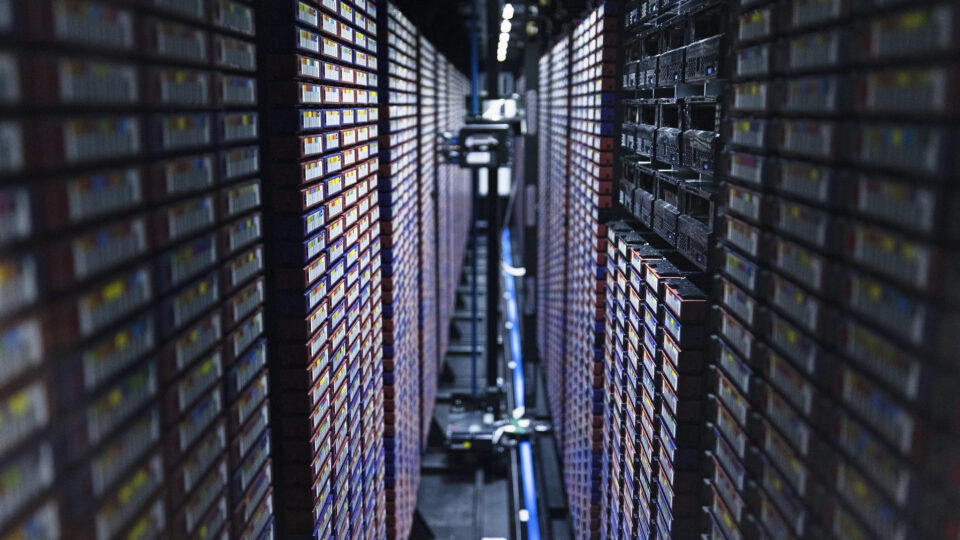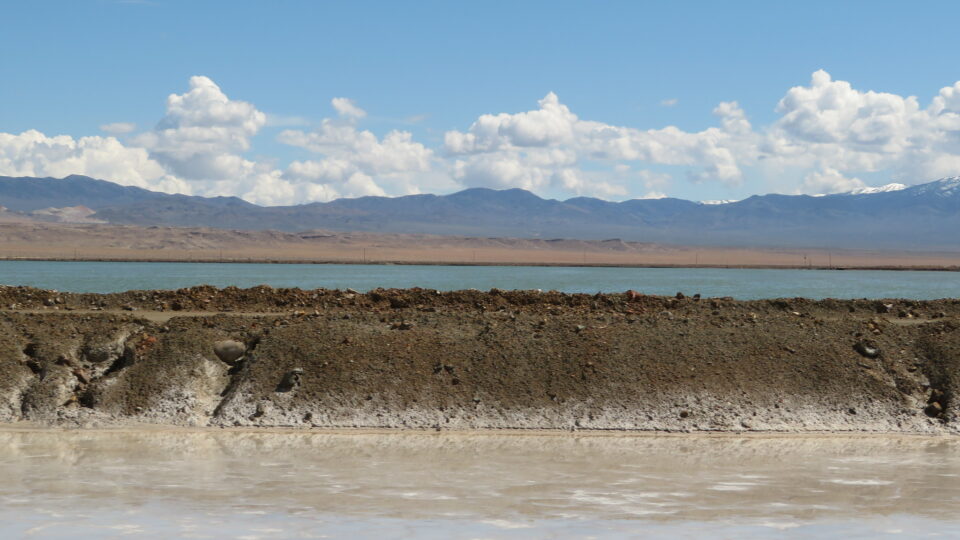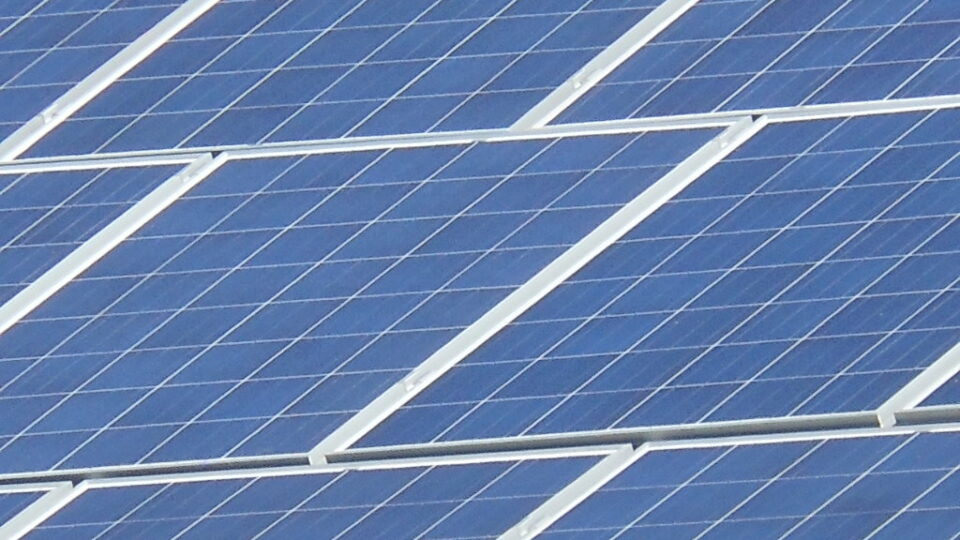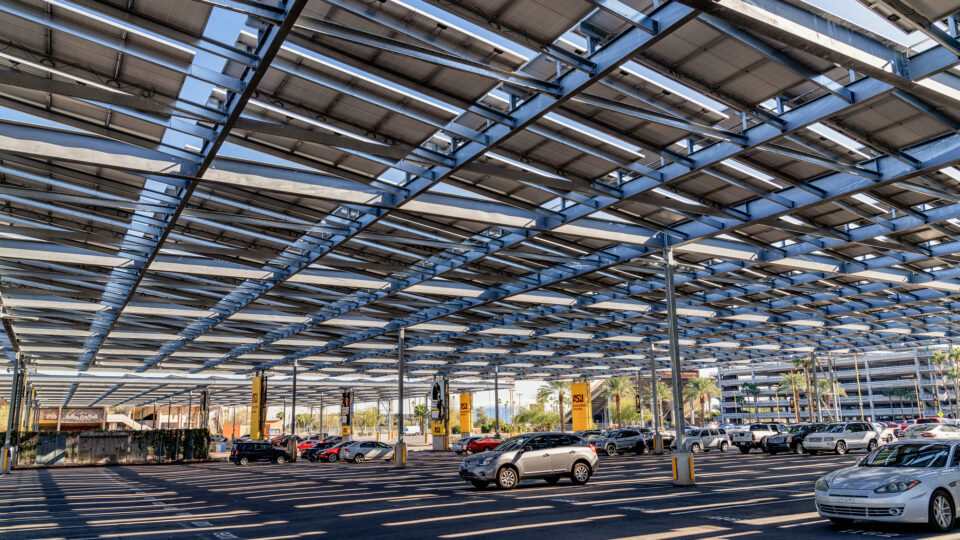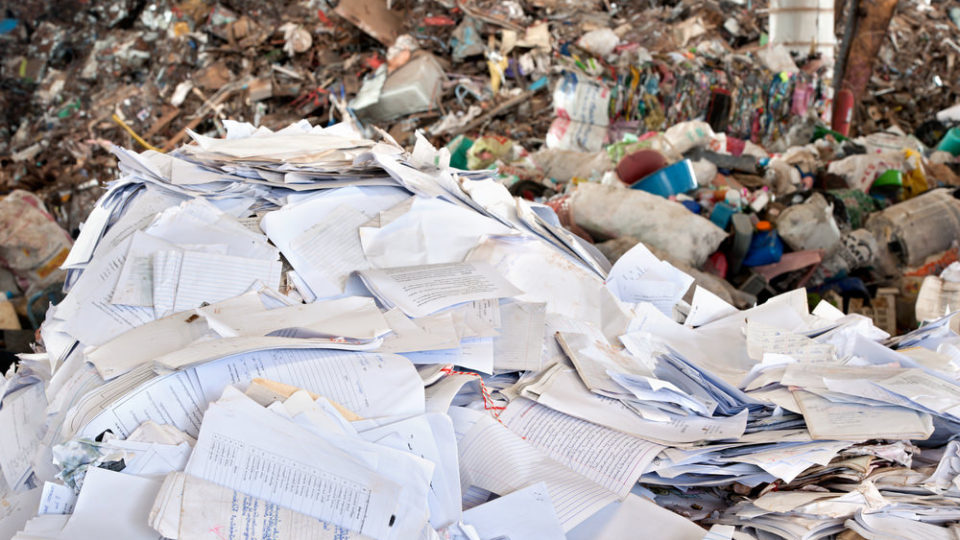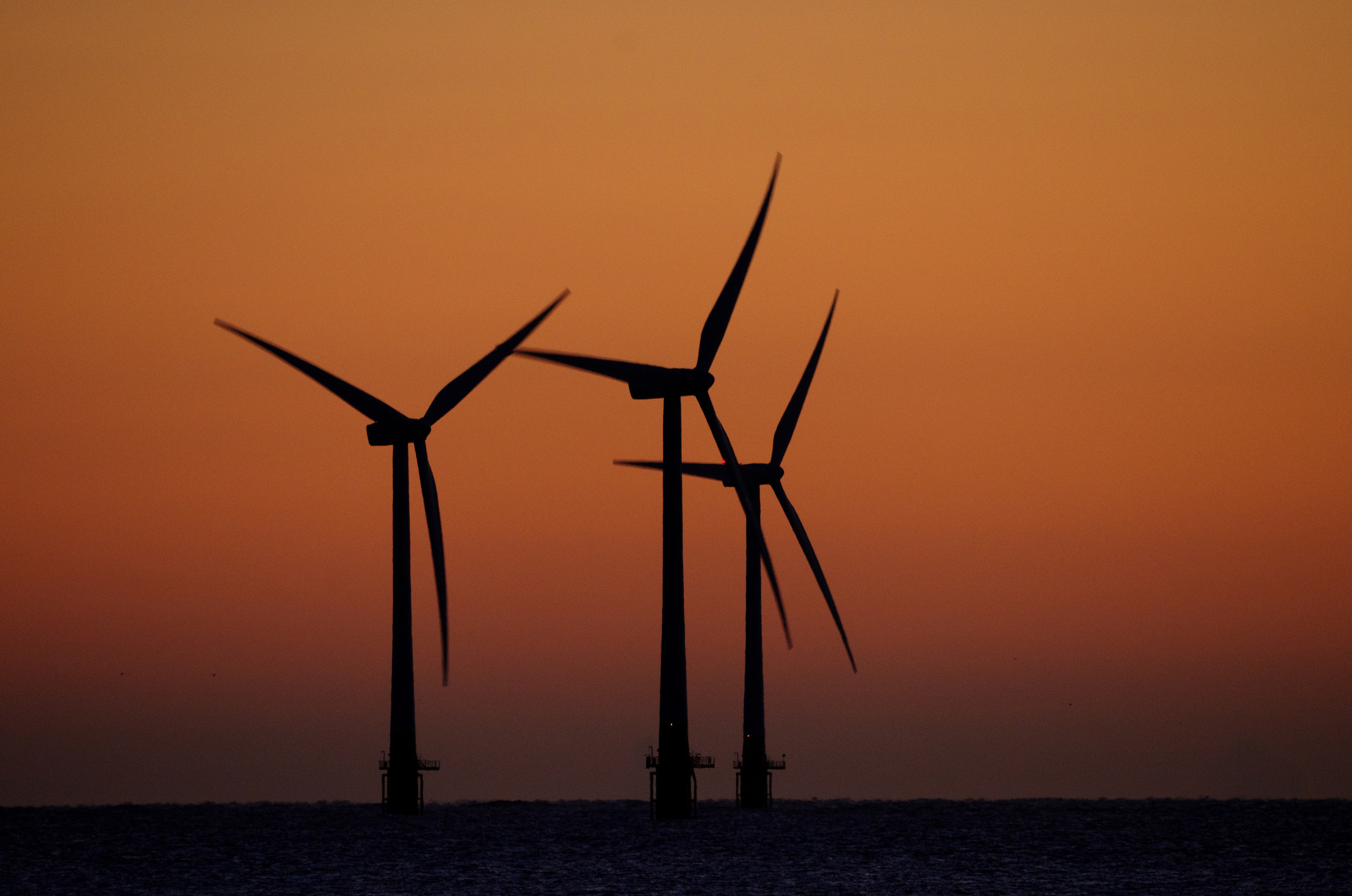Oases are important sources of water for people, plants, and animals in the world’s desert areas. In fact, oases sustain 10% of the world’s population despite taking up only about 1.5% of land area. They form when groundwater flows and settles into low-lying areas or when surface meltwater flows down from nearby mountains and pools.
New research from the Chinese Academy of Sciences has found that oases added 85,000 square miles of new area from 1995 to 2020, mostly from artificial expansion projects, but over the same period lost 52,000 square miles from desertification and water scarcity. The net gain of 33,000 square miles is not considered to be sustainable given that it was mostly due to artificial causes. The oasis expansion projects were in Asia but losses due to desertification were also mostly in Asia.
Today, oases are found in 37 countries. Increases in oases mostly come from people intentionally converting desert land into oases using runoff water and groundwater pumping, creating grasslands and croplands. This mostly has taken place in China.
Human over-exploitation of dwindling groundwater can limit the sustainability of oases as can the long-term loss of glaciers.
The study highlighted ways to sustain healthy oases, including suggestions for improving water resource management, promoting sustainable land use and management, and encouraging water conservation and efficient water use. As the climate continues to change, these efforts will be increasingly important for a significant portion of the world’s population.
**********
Web Links
World’s Oases Threatened By Desertification, Even As Humans Expand Them
Photo, posted August 3, 2008, courtesy of Paul Williams via Flickr.
Earth Wise is a production of WAMC Northeast Public Radio


